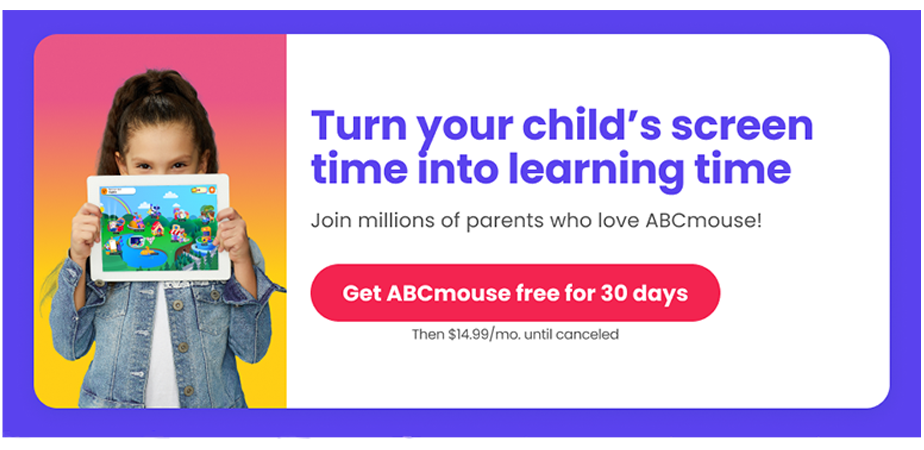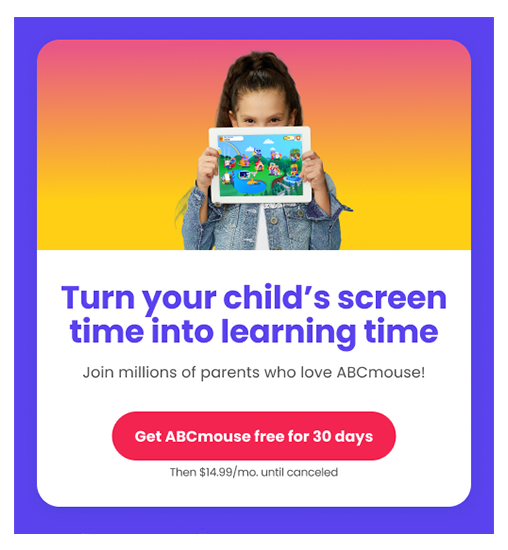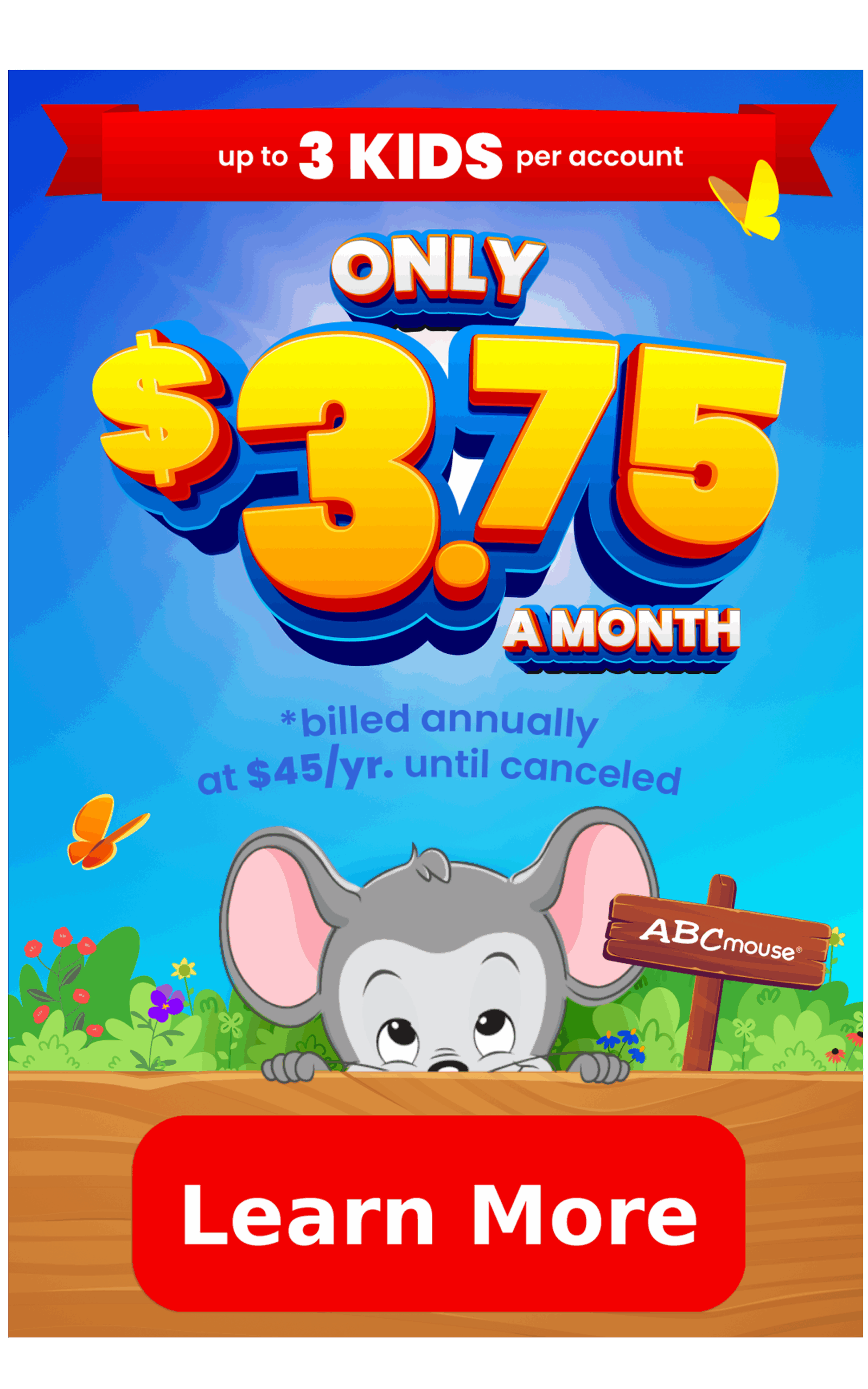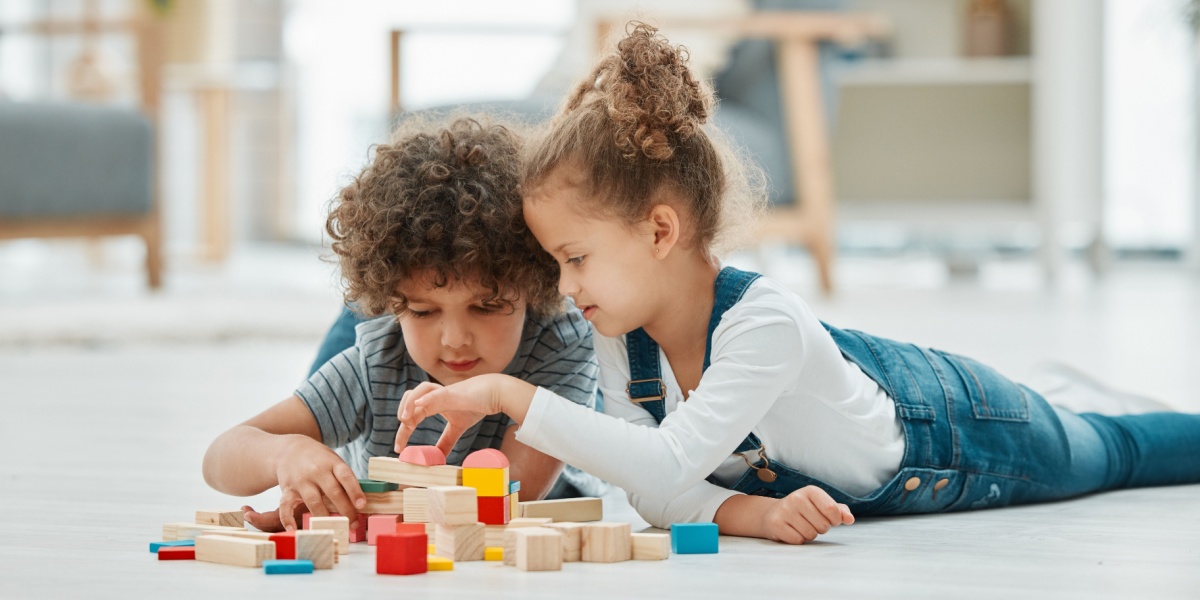
Share
Cooperative Play Explained: Why It Matters and How to Encourage It
Learn how cooperative play supports emotional and social growth in early childhood development, and how parents and teachers can encourage it.
What Is Cooperative Play in Early Childhood?
In cooperative play, children actively collaborate in an activity or game, working toward a common goal that’s stated or understood. It’s an important stage in childhood development, where kids progress from individually-focused play to play that requires cooperation and social interaction. Most children begin to join in cooperative play by age 4, with more consistent participation by age 5.
Cooperative play is an essential part of children’s development, as it helps kids build social connections, improve communication skills, and encourage teamwork. As kids engage in group activities, they learn how to share ideas, compromise, and appreciate different perspectives—key experiences that support both emotional and cognitive growth.
What Does Cooperative Play Look Like?
Cooperative play is more organized than earlier forms of play—players work together to define the rules and assign roles, and they share any toys or materials required. The play itself is often creative or imaginative, though it can also involve more structured activities like games and sports.
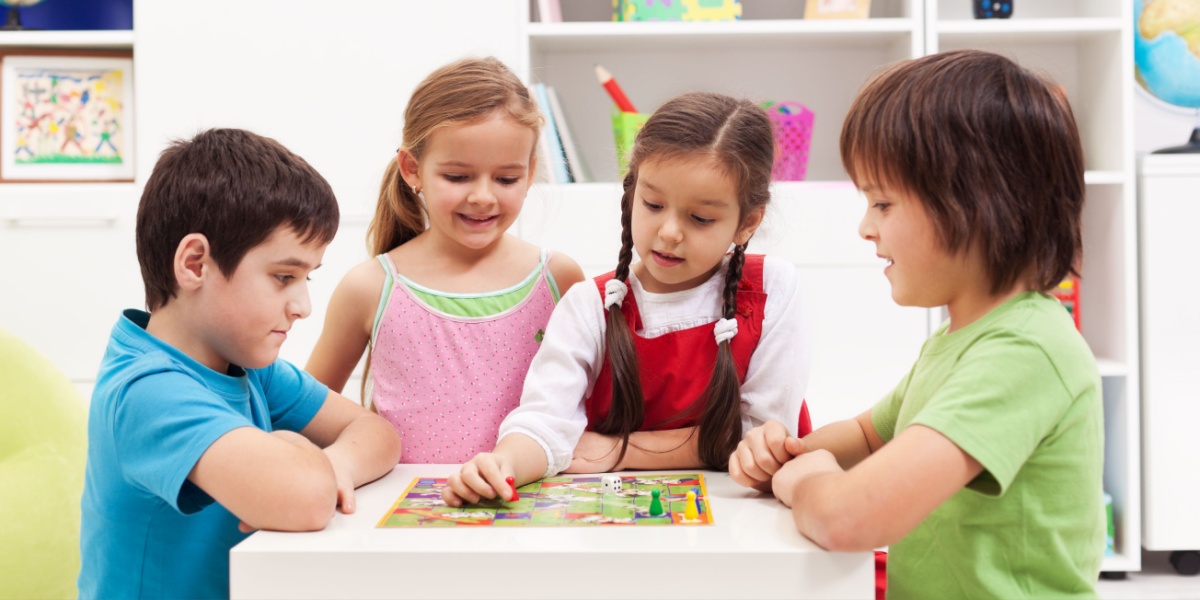
Examples of cooperative play:
- A group of children playing “House” or “Restaurant,” taking turns being the chef, server, and customers
- Three kids working together to build a tall tower of blocks, with each offering ideas on how to construct it
- Half a dozen kids playing a ball game, with rules they establish at the beginning
To bring cooperative play into your home or classroom, check out these 15+ cooperative play activities for young kids, plus get tips for encouraging cooperative play.
Cooperative Play Summary: Cooperative play is a type of play where children work together toward a shared goal, typically beginning around age 4 or 5. It supports emotional, social, and cognitive growth by helping kids learn communication, teamwork, empathy, and problem-solving.
Playing Together vs. Playing Cooperatively
Sociologist Mildred Parten considered cooperative play to be the final stage in her theory of the 6 Stages of Play. The first five stages progress from infants playing by moving their bodies or observing their environment to toddlers and preschoolers playing individually and in group settings. Learn more about the 6 Stages of Play here.
Cooperative play often follows associative play, which is when children are still focused on their own goals but talk to other kids while playing, sometimes sharing toys or materials. The term “playing together” often encompasses various social play types, including associative and cooperative play.
Examples of Associative Play and Cooperative Play:
Associative Play
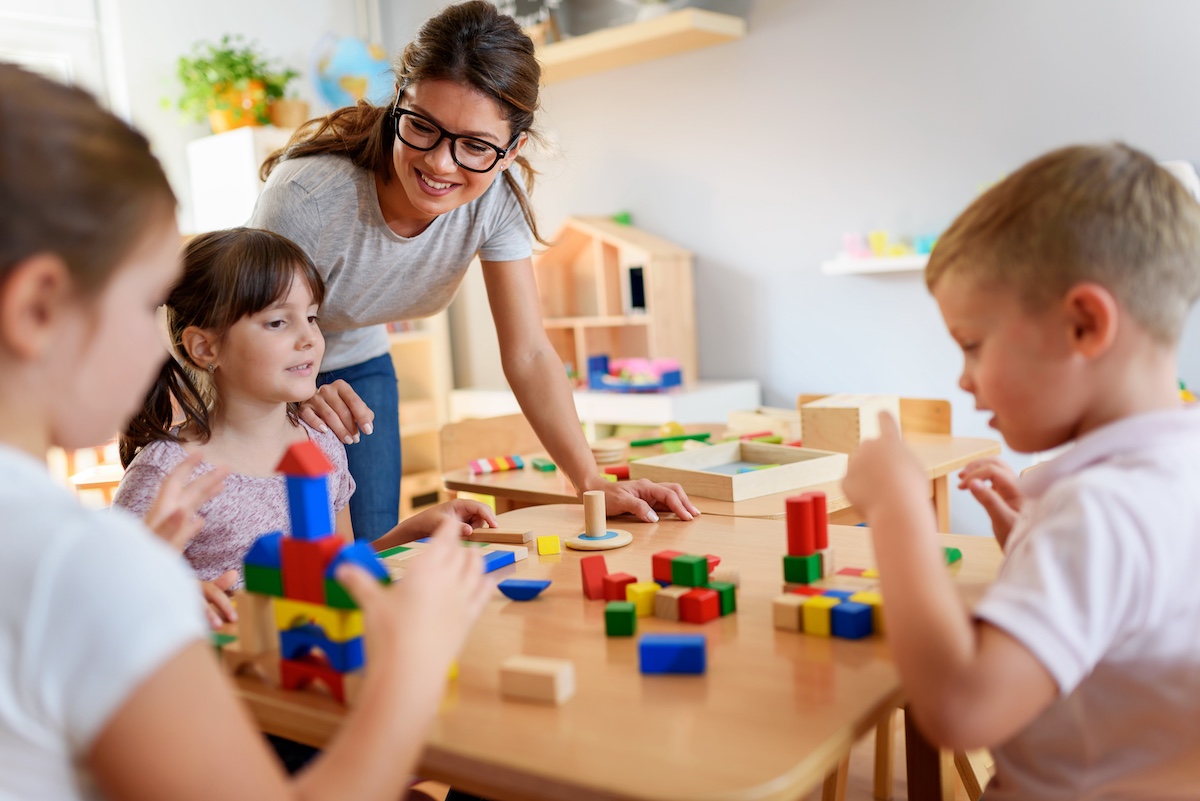
Four children are using finger paints at a table. Each one is creating their own picture. They talk about their creations, and ask each other to share paints or materials. They’re playing together, but each has their own end goal and result. If one child leaves, it won’t affect the overall activity. So while they’re playing together, they’re not playing cooperatively.
Cooperative Play
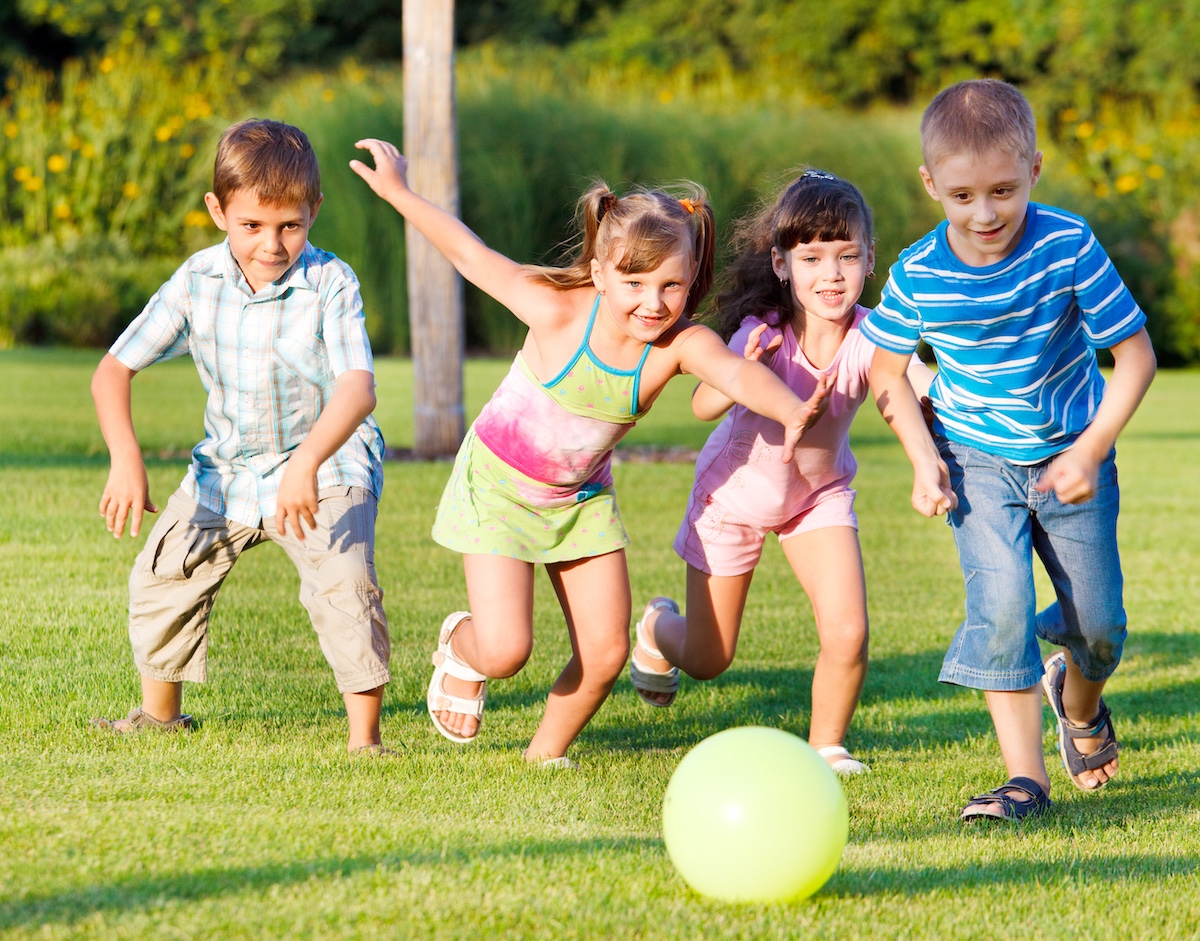
Four children decide to paint a mural of their town together. They spread out a large piece of paper and decide what they want to paint where. They cooperatively decide who will paint the school, who will paint the park, etc. If one child leaves, the others will have to reassign their role, or make changes to their plan. When these kids finish, they have one common shared project, the result of collaboration. This is true cooperative play.
The biggest difference between playing together and cooperative play is…
…in cooperative play, kids work together, talking, helping, and engaging with each other, to reach the same goal.
The Benefits of Cooperative Play for Children
While all types of play are valuable, cooperative play is a vital step in early childhood development, as it helps them naturally develop key social emotional skills. It also lays the foundation for learning to work as part of a team, skills every adult uses on a regular basis at work and at home.
Here are some of the benefits of cooperative play:
Communications Skills
In order to play collaboratively, kids must be able to communicate with one another. Verbally, this means speaking clearly with a broad vocabulary that enables you to express your thoughts. (This also applies to children who communicate through sign language.) Children may also need strong reading and writing skills, depending on the game or activity.
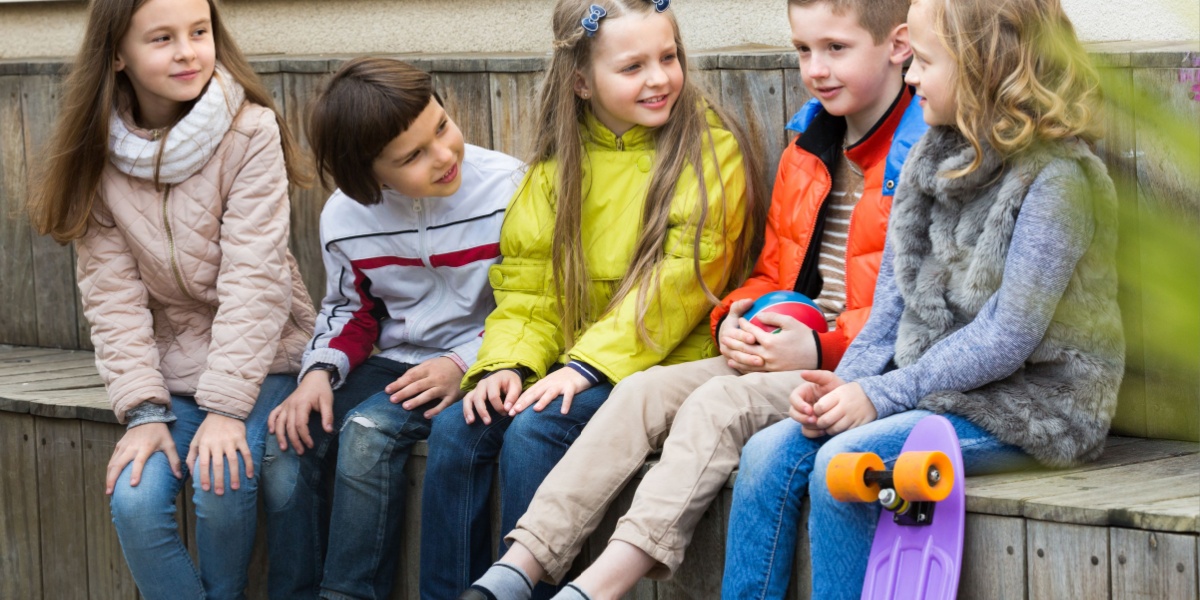
Kids also need good nonverbal communication skills to play cooperatively. They have to learn how to recognize facial expressions and social cues. Collaboration also requires us to listen actively, taking part in a conversational flow. The more kids play cooperatively with their peers, the stronger their language skills become.
Teamwork Skills
For most of us, life is all about collaboration. Whether we’re working with a team in our jobs or sharing responsibilities with family or friends at home, teamwork skills are a must.
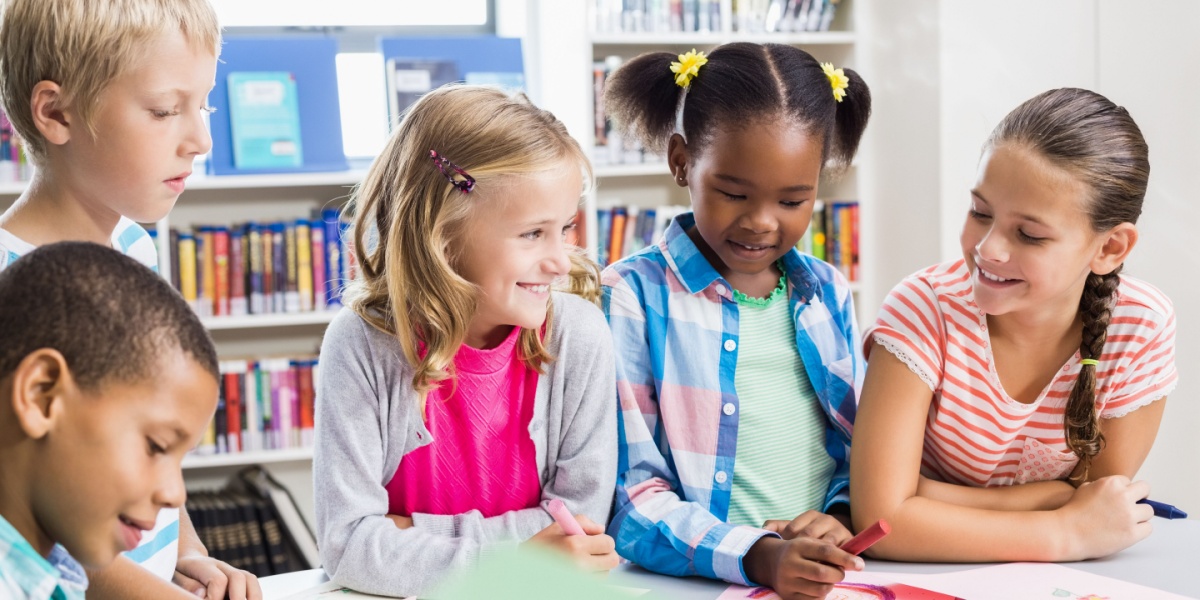
Cooperative play helps children develop these skills, teaching them to take turns and work together to find solutions to problems. Some children naturally emerge as leaders in cooperative play, but all kids can develop leadership skills when they play collaboratively.
Emotional Regulation
As adults know, being part of a team can be hard sometimes. You have to learn to compromise, and know when to speak up and when to go with the flow. Sometimes you feel frustrated or angry, but to be a good collaborative player, you have to recognize and share your emotions constructively. These are advanced social emotional skills, but kids develop them naturally as they play cooperatively.
TIP: Game-based learning is another great way to boost social emotional learning.
Empathy and Tolerance
The way we view and treat others says a great deal about our character. Parents and teachers must teach kids to make an effort to understand what others are going through and recognize that there are many different ways of being a human.
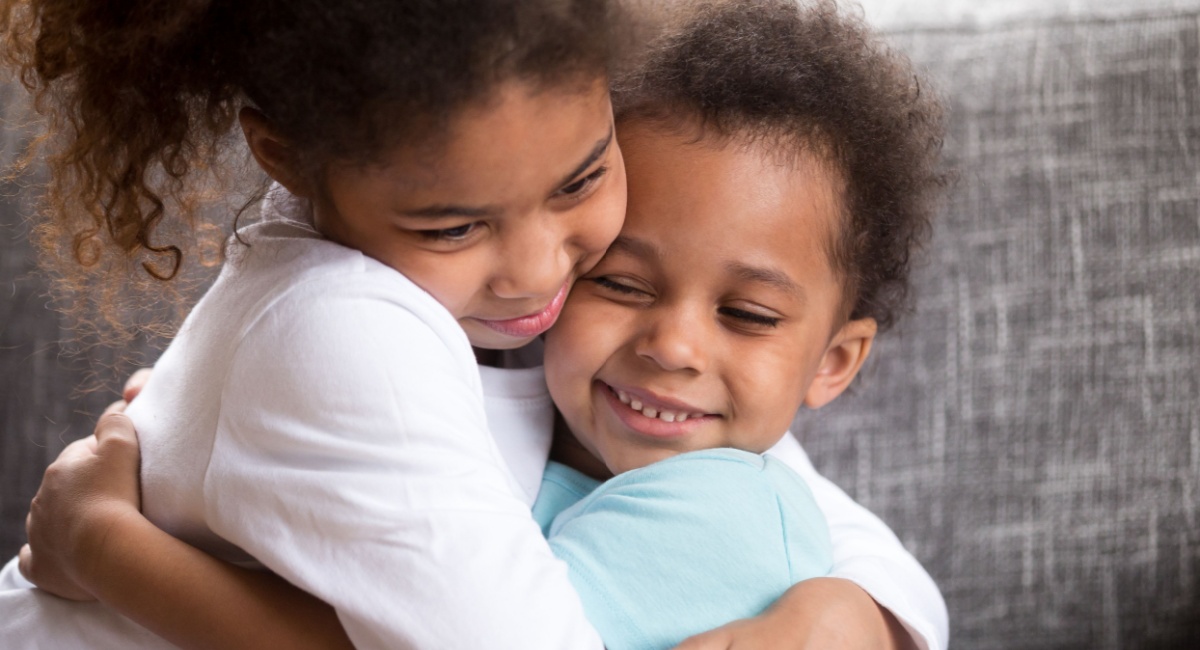
Cooperative play is an excellent way to teach both empathy and tolerance—in order to play peacefully together, kids must be willing to accept different ways of doing things, and care about the feelings of others as well as their own.
Executive Function
This refers to “life skills” like time management, impulse control, planning and organization, and working memory. Since cooperative play is more organized than the earlier stages, it requires a higher level of executive functioning. Players have to remember and follow the rules, planning their own actions as they relate to their role in the game. They need to stay focused on the overall group goal, whether that’s running a “restaurant” or trying to score the most goals. All of these take good executive function skills.
Conflict Resolution
Here’s another truth that all adults know: when people do something together, they’re going to disagree sometimes. In order to continue, you have to find a way to resolve the conflict.
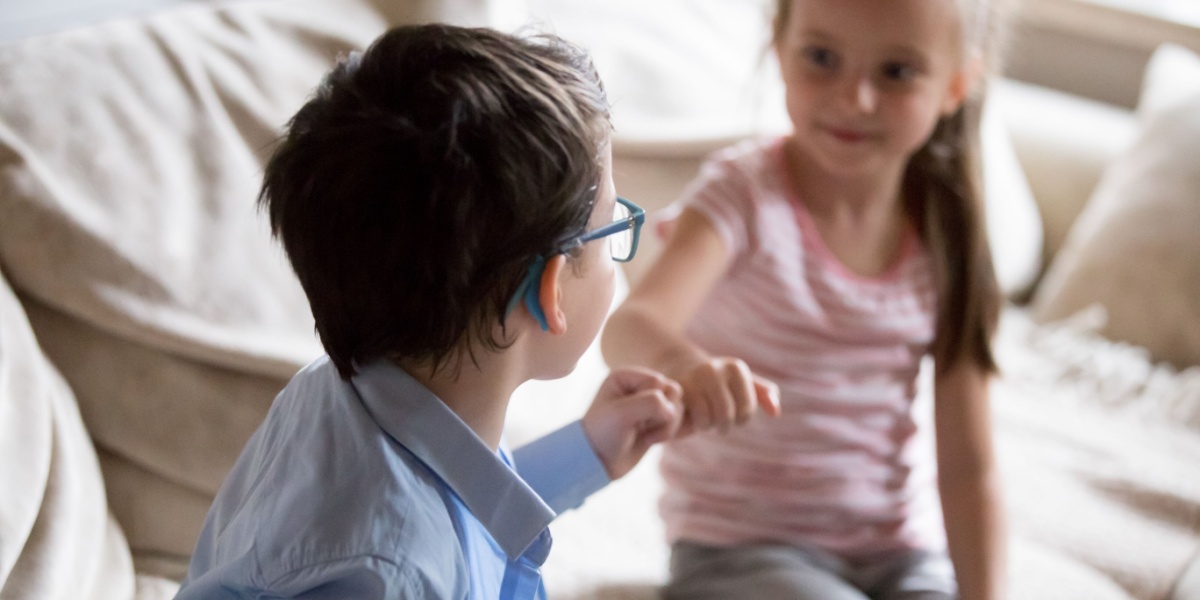
Cooperative play is full of arguments, and that’s okay! Kids have to think creatively and empathetically to find solutions so their game or activity can continue. Sometimes they need guidance from adults, but often, children will find their own way to a resolution they can all agree on.
Learn About Other Types of Play
Cooperative Play Frequently Asked Questions (FAQ)
When does cooperative play begin?
Children generally begin to play cooperatively around age 4 or 5, though this varies from child to child. If you’re concerned about your child’s social development, talk to their teacher or pediatrician.
What are some examples of cooperative play?
In cooperative play, children share a defined common goal as well as toys and materials. They communicate actively throughout, and assign specific roles and responsibilities. Examples include:
- A group of children playing “Vet Clinic,” taking turns being the vet, the assistant, or the various animals being treated
- Three kids working together to build a fort, with each offering ideas on how to construct it
- Half a dozen kids playing a game of tag on the playground, with rules they establish at the beginning
Why is cooperative play important for kids?
Cooperative play offers children valuable opportunities to build social and emotional skills that last a lifetime. As they work together toward shared goals, kids learn how to communicate clearly, listen to others, take turns, and resolve conflicts. This type of play fosters empathy, teamwork, and a sense of belonging, helping children feel more confident and connected. Over time, cooperative play supports not just stronger friendships, but also essential skills like problem-solving, patience, and emotional regulation.
How can I encourage cooperative play at home?
It’s easier to encourage cooperative play when children have siblings or neighbors their own age nearby. But kids and adults can engage in cooperative play, too! Invite your child to join you in an activity, and model good cooperative behavior as you play. Initially, it’s best to use activities you already know they enjoy, so they can focus more on learning the new behaviors. As they get older, cooperative play with adults is a great way to introduce new games or activities too.
What’s the difference between cooperative play and parallel play?
In parallel play, kids play near each other, usually using the same toys or activities. However, each child is focused on their own place, and kids rarely interact though they may talk occasionally. Example: Two children play in the sandbox, but each is absorbed in their own tasks, one building a structure while the other pretends to plant seeds in the sand to make flowers grow.
In cooperative play, kids join together to achieve a common goal or purpose, using the same toys or materials and a set of shared rules. Example: Two children play together in a sandbox, building the one big sandcastle. They agree on a plan and tasks each will handle, and work together until their structure is complete.
Can group play help prepare children for kindergarten?
Group play is one of the very best ways to prepare kids for kindergarten! In fact, most kindergarten teachers say that they’d prefer children to know how to share, take turns, and cooperate than to be able to count to 100 or say their ABCs. Cooperative group play teaches those vital social and emotional skills naturally, effectively, and enjoyably. Parents should include both academic readiness and social emotional learning through activities like group play as they prepare kids to start kindergarten.
Legal disclaimer: Any information, materials, or links to third-party resources are provided for informational purposes only. We are not affiliated with and do not sponsor/endorse these third parties and bear no responsibility for the accuracy of content on any external site. All information provided in this article is current as of May 2025.


